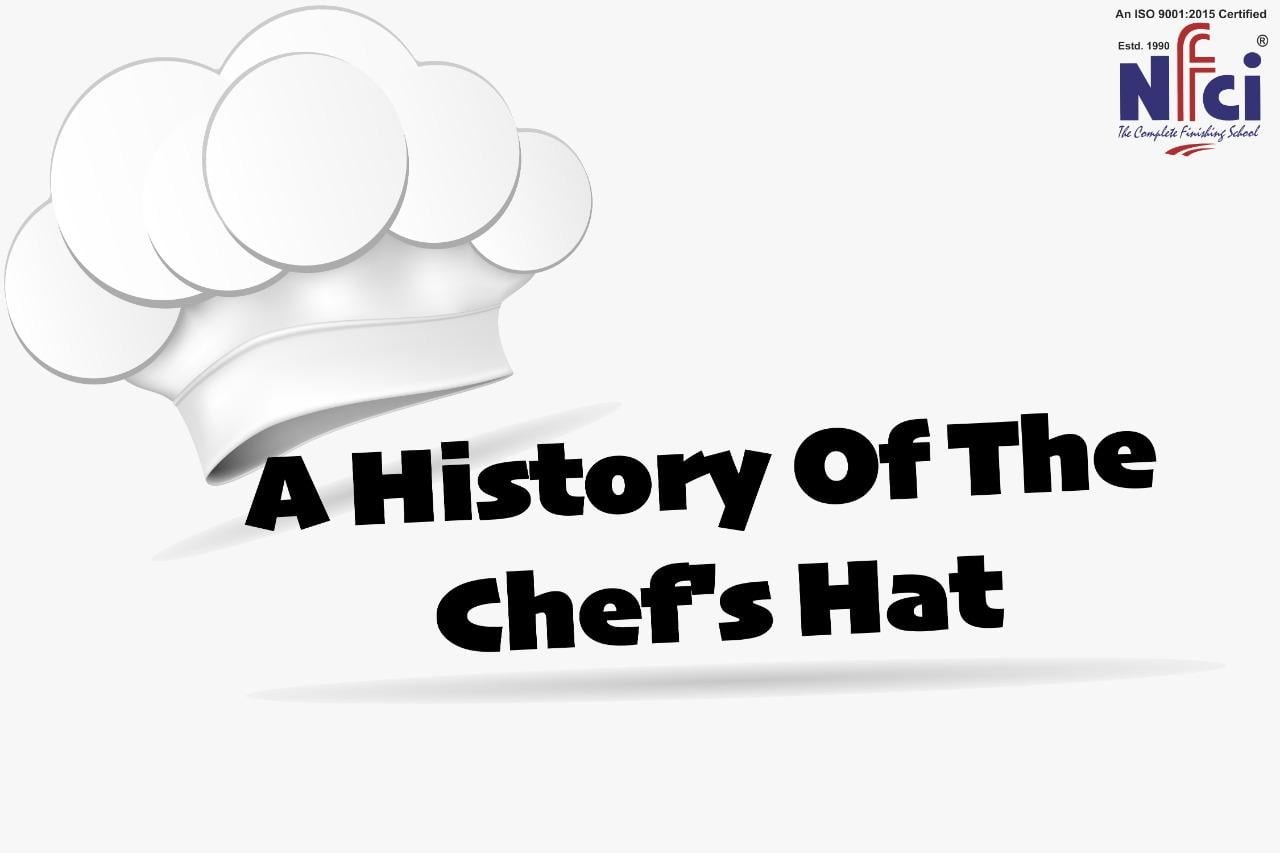
A history of chef’s hat
History of Chef's Hat, Origin, Purpose and Importance
It all boils down to pride. It does not matter what your occupation is, if you have it in your uniform, you have it in your life. Keeping the chef's outfit clean and white isn't the only concern. It's important to have a respectable demeanour Puffy vest, jacket, checkered trousers and side towel, neckerchief, apron and then comes the white hat. The only thing that adds a diamond to the overall look of the chef is their hat. Are you also fascinated after seeing a chef wearing a white hat while preparing magnificent dishes? Do you even know what credibility a shining white hat holds? No right! We have crafted this blog to make you aware of the rich history of a chef hat.
What is a chefs hat?
A chef's hat, also known as a toque-Blanche, is an essential component of a chef's attire. In order to prevent any unintentional hairs from slipping into the food being cooked, a brimless cap covers the whole hair. Chef's hats are customarily tall, ranging from 9 to 12 inches (228-305 millimetres), with vertical pleats that wrap around the body. It is one such element in the entire chef's uniform that usually makes them look more sophisticated and professional. Chef's hats (toques) are predominately white, upright, and ruffled, and are occasionally made of fabric that needs to be starched to stand upright but are more commonly made of paper these days.
They are designed in such a way that the hat can easily work in a manner to magnify the overall look of the chef’s uniform. A hat is an important element of a chef's uniform owing to the possibility of merging, and it is thought that the torque developed in the early 1700s from the cloth or stocking hats used by French cooks at the period. If you aim to acquire more information about this particular topic then continue reading this blog with utmost concentration.
Let's peek into the origin history of the chef hat
There are some points that usually state that the chef's hat we know today might have come from a number of distinct origins. Moreover, history reveals that there was a legend named King Henry VIII who decapitated his cook after he discovered a hair in his meal. So after that, he started the usage of hats to ensure hygiene. The next chef was instructed to wear a hat while preparing food. According to history, cooks began wearing hats in the 7th century A.D. as an indication of their social standing.
They were given caps, in particular, to make up for whatever abuse they had received, as this was a period when cooks appeared to be murdering kings who disdained them on a daily basis. While any of these legends might be true (or not), they both reflect the chef's hat in its current form: both an equipment and a symbol. However, it was believed that the height of the chef's hat denoted the importance of the chef in a kitchen. Also, the number of folds indicated how many dishes a chef had learned - 100 pleats, 100 recipes, and so on and so forth. Wearing hats in the cooking place was also meant to promote a sense of oneness.
What is a chefs hat called these days?
There is no denying the fact that these days contemporary chef hats are tall to provide a permit for air circulation above the head as well as a heat exit. It's called a "toque Blanche" (white hat) (French for "white hat"). These hats are worn by restaurant staff since the health department mandates them to wear a hat for hair restriction. This stops hair from falling into meals and avoids sweat from pouring down the face when you're wearing a hat. Over time, chef outfits have developed. A French chef's "casque a meche" is thought to have inspired the toque.
What is the purpose of a chefs hat?
There are a wide variety of purposes for wearing the hat inside the cooking area. Moreover, hats are still used by modern cooks for a variety of reasons, including hygiene, keeping hair out of cuisine, and aiding in sweating absorption. This particular dressing prop may also be required as part of a professional uniform by a restaurant, professional kitchen, lodging, or café, or they may just represent the chef's own style and preference. Myriads of chefs nowadays frequently choose more contemporary hats such as baseball caps, Aussie Chef box hats or disposable hats. Most hats are white or black, although a few designs are available in a variety of colours to appeal to cooks who wish to add a pop of colour to their outfits.
The current importance of the chef’s hat
Many chefs still wear the classic white chef's hat as a sign of authority and knowledge today. Due to difficulties with air circulation and cleanliness, very few chefs currently wear traditional cloth hats. Instead, numerous cooks use paper versions, unconventional hats (such as ball caps), or even no hats at all. This relies on your own choice as well as the kitchen's guidelines. For the most part, Executive Chefs save the traditional toques blanches for those in command, whilst others prefer the clean look created by a line of chefs who are all embracing the wealthy tradition of the kitchen. There is no denying the fact that This kind of hat immediately evokes memories of someone with experience and responsibility in the conventional kitchen setup and brigade structure. If you truly desire to become a chef, then keep that in mind. Having a clean uniform when you come into the kitchen on a new day not only shows your pride in your look, abilities, and career, but it is also good for the health of your clients. As a part of a team and an expert in an ancient and noble craft, you're demonstrating your abilities.
Final Thought
With that said, we would like to end the blog by stating that every day, chefs bounce from one duty to the next in a bustling kitchen. Most cooks, on the other hand, like a certain kind of headgear. Moreover, a cooking hat reveals a chef's style and personality, as well as his or her level of competence. Are you also aiming to wear the uniform of the chef? If yes, then consider taking assistance from NFCI, one of the best Hotel Management Institute in India .
You may also like

11 Unique & Easy Dinner Recipes Veg Indian



